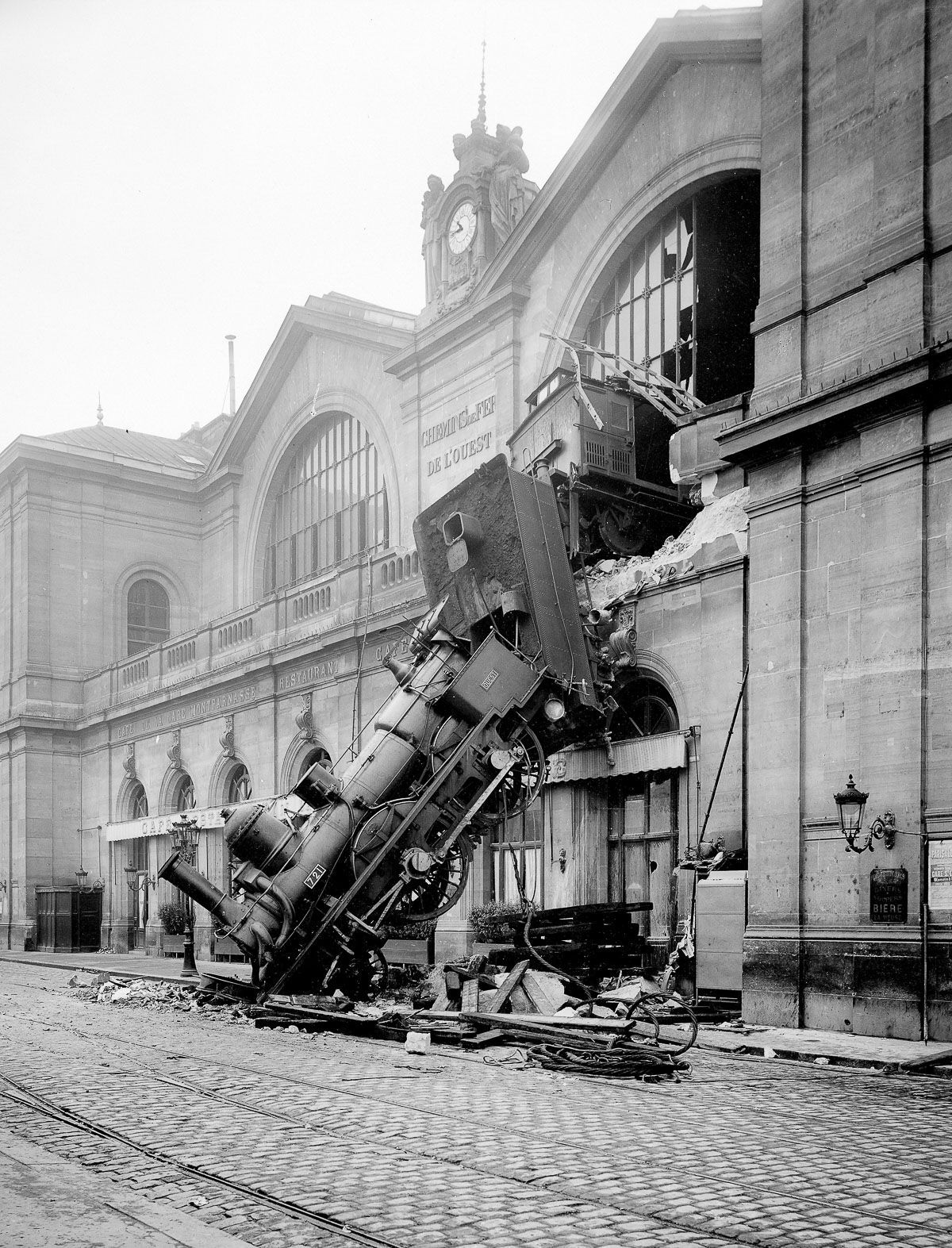“I cannot think of anything more ludicrous than the idea that modernism somehow got off the track and was a monstrous mistake that should simply be canceled out,” wrote Ada Louis Huxtable in The Unreal America. “Revolutions in life and technology can never be reversed.” The last statement is demonstrably untrue—just ask the Russians, the East Europeans, the Cambodians, and the Chinese. Turning back the modernist clock admittedly will be difficult, but the idea that modernism was a monstrous mistake seems to me anything but risible. The suggestion that an industrial age required a different sort of architecture was hardly unreasonable. As Ralph Adams Cram wrote in 1936, it would have been as foolish to look to history for models for new building types such as garages, cinemas, and skyscrapers, as it would be to design “a Greek railroad train, a Byzantine motor car, a Gothic battleship or a Renaissance airplane.” But Cram insisted that it was equally irrational to radically re-imagine buildings such as homes, college dorms, or places of worship, whose function was unaffected by industrialization. His argument fell on deaf ears. Revolutions require simple slogans and wholesale change, and so we got houses that resembled machines, and college quadrangles that resembled factories. The requirement that modern buildings do away with moldings, decoration, and ornament—the whole apparatus of what for centuries had constituted architecture—was most definitely a mistake. And it was monstrous, for it left architecture mute, without a vocabulary. The “language” of modernism resembled Esperanto, and, as Esperanto would have done had it ever been adopted, an invented language cuts its users off from the past. Modern writers in English use the language of Shakespeare, Austen, and Trollope to express their ideas, which inestimably enriches their work. Modern architects make-do with a cobbled-together shorthand that has limited range of expression except, at best, to demonstrate how a thing was made. The saddest aspect of the modernist revolution is that it was unnecessary. As architects such as Raymond Hood, Paul Cret, and Bertram Goodhue showed in the 1920s, it was perfectly possible to design buildings that were modern and “of their time” without throwing out the baby with the bathwater.

